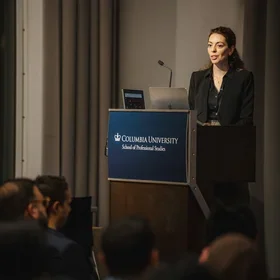By Nick Weltmann
I recently read an article in titled “Social Inflation and the Bornhuetter- Ferguson Method. (Actuarial Review, Vol. 50/ No 2/March-April 2023, pg. 22-23). Basically the article focuses on how traditional actuarial reserving and pricing methods come up short when social inflation is present in a book of business. Social inflation is described in the article as an increase in claim severity that is much steeper than standard inflation measures would indicate. As such, traditional actuarial methods using past history to determine ultimate values of reserves or future pricing levels typically are lower than what is needed. Human intervention in selecting loss development factors is thus required, and since the selection of factors is not based on history, complete documentation should be disclosed to management as to the derivation of these factors.
My immediate reaction to the article was that once again, people would like to replace the actuaries with programmed formulas, and, once again, with no success! (If you haven’t guessed, I am an actuary!) One can’t get rid of the human touch provided by the actuaries. However, I have also been reading a little about AI, and became intrigued with the thought about how AI could work to replace us, even in the issue described above. My first thought was what would the AI actuarial avatar look like? I then thought that the AI avatar predicting future costs impacted by social inflation would probably not be solely an actuary. In the article mentioned above, solutions were given from an actuarial point of view. If I were building this avatar, I would make it a combination of actuary, claims specialist, underwriter, legal person and programmer. This actually makes a lot of sense to me as most actuaries from my generation did not set out to be actuaries but came to the career from many different fields and thus had a broader range of knowledge and skills to apply to a problem than actuaries who went to school to be an actuary.
So now we begin to build an AI avatar that has all the knowledge and skills derived from actuarial, claims, legal and underwriting, and since there is a programming background built in the avatar can learn and reprogram on the fly. A tremendous number of different scenarios can be run using factors blended together from all that expertise. In addition, I would have more than one AI avatar built by different programmers using different actuaries, claims folks, underwriters, legal folks and programmers to try to offset any biases present in the humans building the avatars.
Thus, by incorporating different skill sets as described above, I believe these AI avatars can better predict future costs than the actuarial department. Can these AI avatars replace me? Not yet, I think, but I fear the gap is narrowing!



